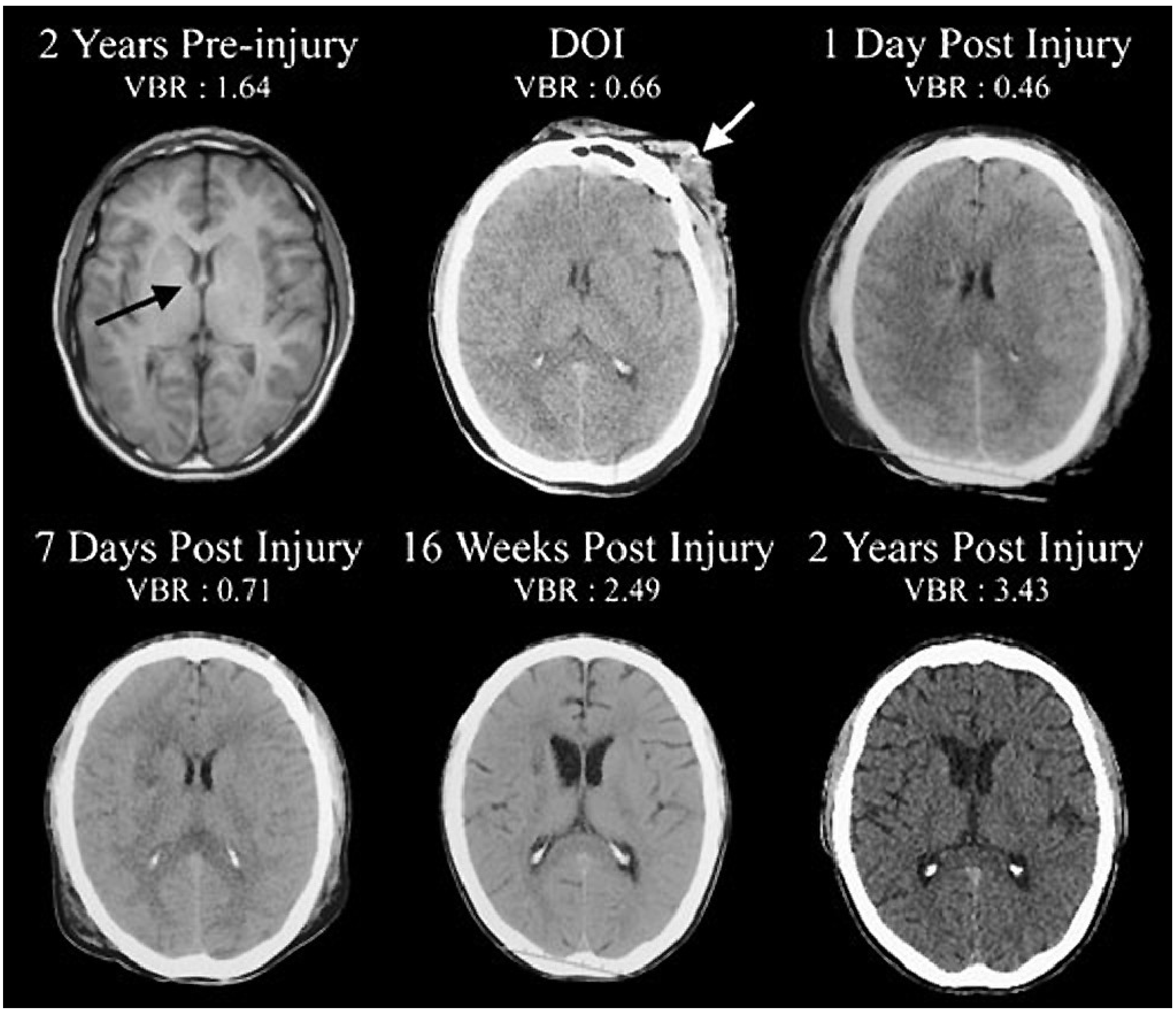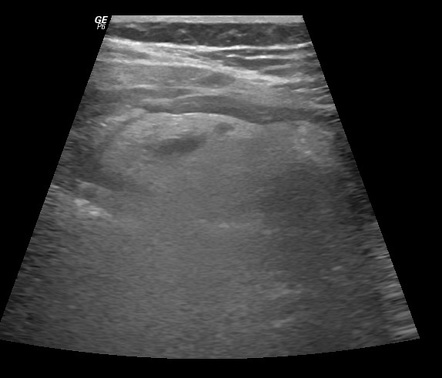
It is estimated that from the total number of severe trauma cases in Germany, approximately 30% are covered by the registry.
ACUTE TRAUMA FREE
The participation is free of charge and data are contributed on a voluntary basis. The TR-DGU is not an obligatory registry. The data are not dominated by single trauma centers but this does not exclude potential center effects due to different levels and strategies of care. Contributing hospitals are mostly level I trauma centers. Currently, there are 140 hospitals affiliated with the registry, mostly from Germany (n=90), of which 100 are actually contributing data into the database. Between 20, 17 935 patients have been input the registry. Since the introduction of the on-line version of the registry in 2002, the use of fresh frozen plasma (FFP) units is routinely documented. Through the 2006 data from a total of 29 353 trauma victims have been input the registry, approximately 3000 new cases are added each year. The registry contains detailed information on demographics, injury pattern, co-morbidities, pre- and in-hospital management, time course, relevant laboratory findings including data on transfusion, and outcome of each individual. It is a prospective, multicenter, standardized and anonymous documentation of multiply injured trauma patients at four consecutive post-trauma stages from injury to hospital discharge: pre-hospital phase emergency room and initial surgery (until admission to the intensive care unit (ICU)) ICU and outcome status at discharge and description of injuries and procedures. The TR-DGU database/Arbeitsgemeinschaft Scoring of the DGU which was founded in 1993 is run by a small steering group from different trauma centers in Germany (Working Group on Polytrauma/ AG Polytrauma). Third, key issues are considered during acute care of the bleeding trauma patient including novel approaches towards a more balanced transfusion therapy. Second, as early identification of patients at risk for severe bleeding requiring massive transfusion (MT) is rather difficult in the acute clinical setting but may substantially influence therapeutic strategies towards a more aggressive stabilization of the disturbed hemostatic system, a simple scoring system allowing an early and reliable estimation for the probability of MT as a surrogate for life-threatening hemorrhage after severe multiple injuries are presented. First, the clinical impact of the problem is emphasized by providing actual frequency rates of ATC upon emergency room (ER) admission. The clinical importance of inflammation for the development of ATC has not yet been fully understood. Trauma with shock, hypoperfusion and hypoxia can also cause ATC associated with further consumption and hyperfibrinolysis. Besides dilutional coagulopathy, hemorrhage may also induce shock followed by acidemia and hypothermia, further triggering coagulopathy to form the so-called “lethal triad”. A comprehensive review of the mechanisms underlying ATC has been published.

Thus, early recognition accompanied by adequate and aggressive management of ATC would substantially reduce mortality and improve outcomes in severely injured patients. However, the adverse outcomes from uncontrolled non-surgical hemorrhage and disturbed hemostasis are not restricted to mortality only but also include organ dysfunction and loss due to prolonged hemorrhagic shock as well as the early termination of surgical procedures in order to save life. As each abnormality itself may substantially exacerbate the other, a downward spiral is initiated rapidly and accelerates to death.

Most recently, Brohi et al emphasized the role of hypoperfusion for the initiation of ATC. To date, six key initiators of coagulopathy in trauma have been described as tissue trauma, shock, hemodilution, hypothermia, acidemia, and inflammation. Current literature suggests that acute traumatic coagulopathy (ATC) is multifactorial with certain mechanisms being predominant whereas others manifest only in specific clinical states ( Figure 1). These clinical observations together with recent research resulted in a new appreciation of the central role of coagulopathy in acute trauma care. Despite substantial improvement in acute trauma care, uncontrolled haemorrhage is responsible for over 50% of all trauma-related deaths within the first 48 hours after admission. Trauma is the leading cause of death in persons aged 5 to 44 years and accounts for approximately 10% of all deaths in general.


 0 kommentar(er)
0 kommentar(er)
